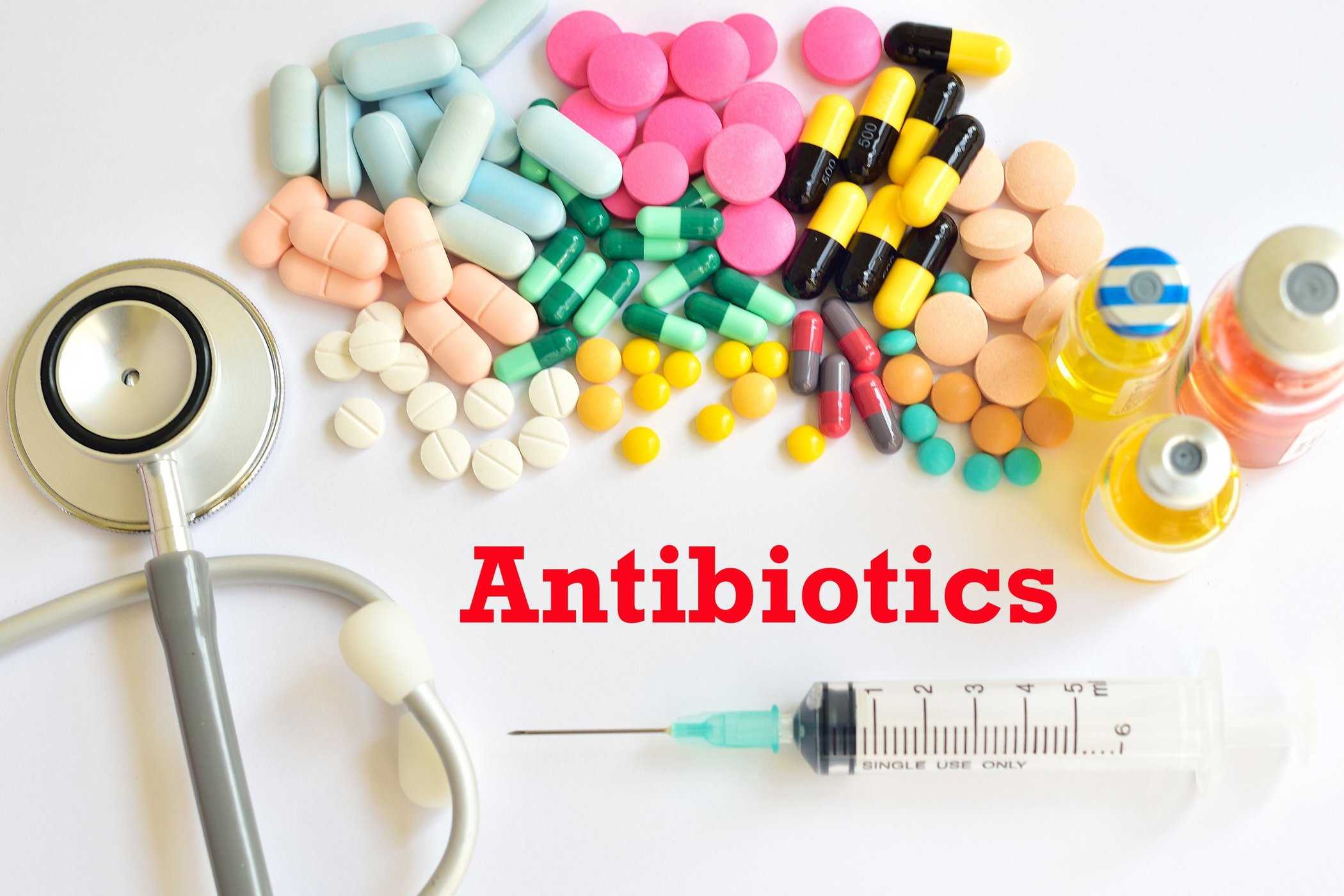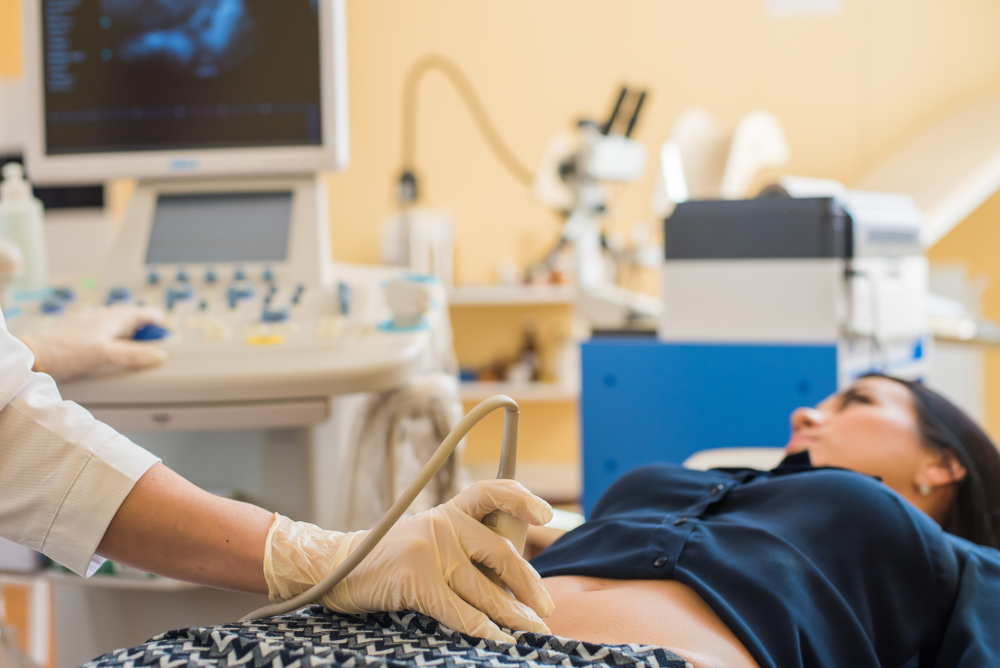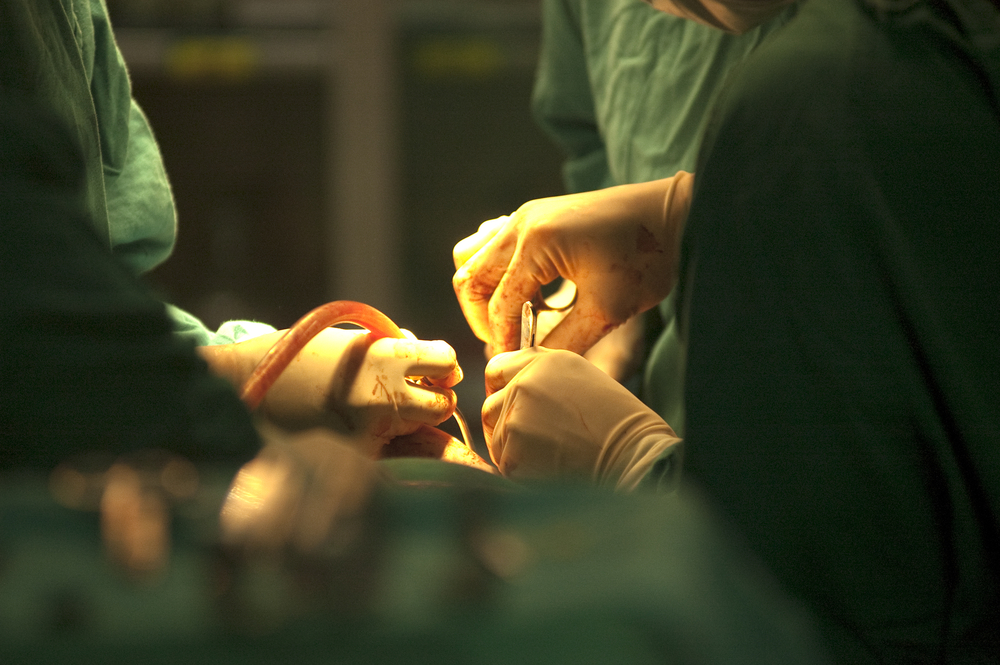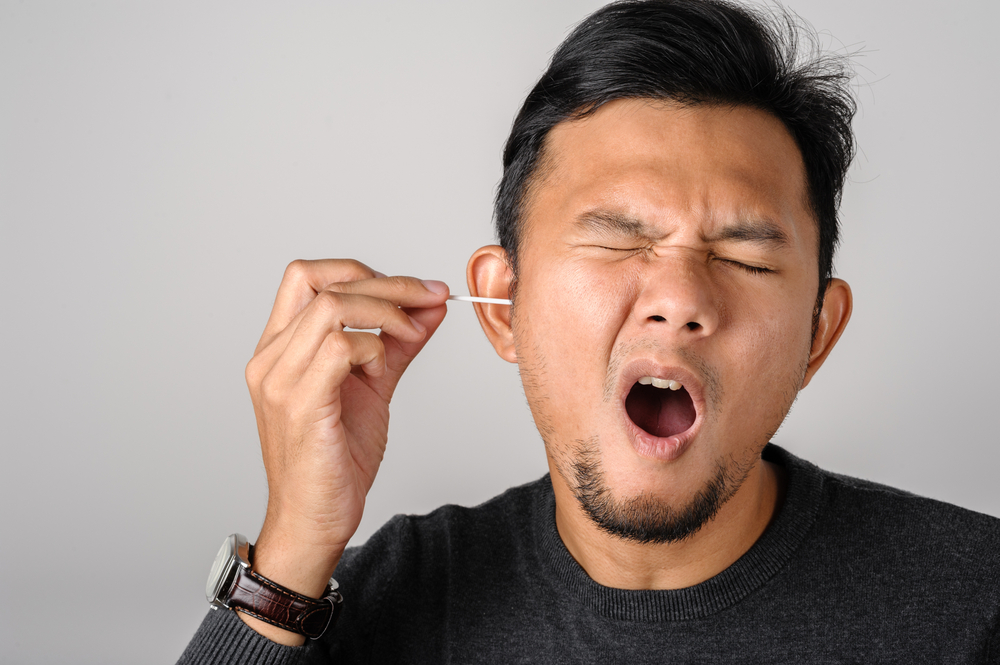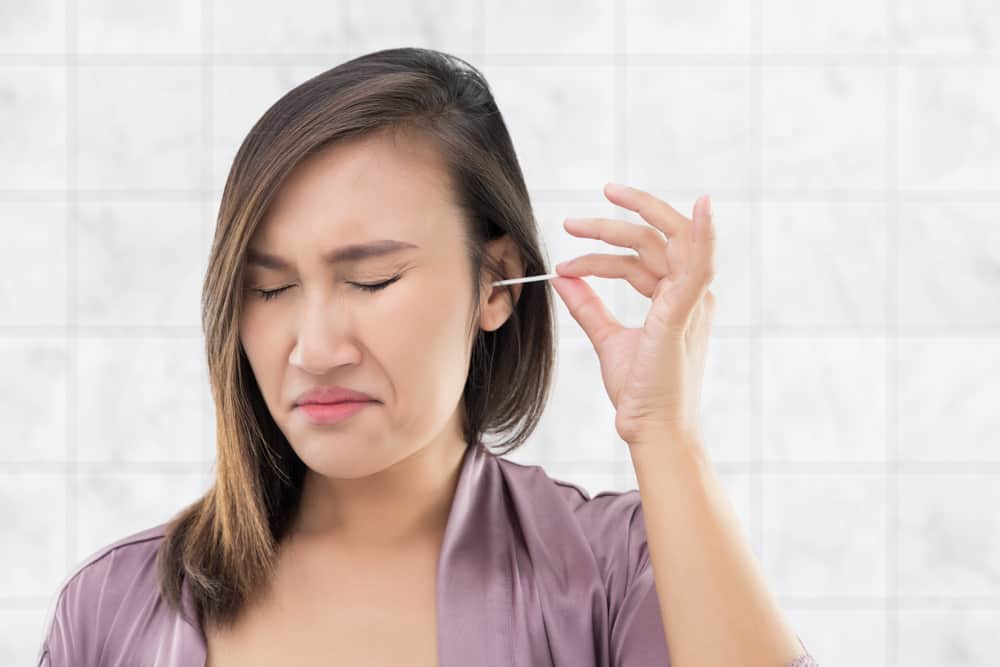Contents:
- Medical Video: How antibiotics work
- What are antibiotics?
- How do antibiotics work and destroy bacteria?
- So, what is the actual function of antibiotics?
- Does taking antibiotics cause side effects?
- Can antibiotics "lose" against bacteria?
Medical Video: How antibiotics work
When you are sick, doctors may often prescribe antibiotics and it is recommended to consume them until they run out. But, do you know how antibiotics work in the body? How can these drugs restore your condition to being healthy again?
What are antibiotics?
According to the US National Library of Medicine, antibiotics are powerful drugs that can fight bacterial growth and can support the lives of other bacteria. Antibiotics are also known as antibacterial, a type of drug that functions to fight, destroy, and slow the growth of bacteria. The word antibiotic itself comes from Greek, where anti is interpreted as fighting and bios is life - in this case it is living bacteria. This type of drug is often used for infectious diseases caused by bacteria.
Bacteria are microscopic life-size creatures or can only be seen with a microscope that can cause various diseases. Some types of bacteria do not cause adverse effects on health, but most do cause infections in the body.
READ ALSO: READ ALSO: Why should you take antibiotics until it's finished?
Actually, before the bacteria reproduce and produce various symptoms and signs, the immune system has worked to destroy and stop the bacteria. The immune system has white blood cells that are responsible for carrying out attacks. But when the body cannot handle the growth of bacteria, the bacteria will continue to suppress the immune system and eventually succeed in infecting the body. When these conditions are needed antibiotics.
The first antibiotic made was penicillin which was developed by one of the famous researchers Alexander Fleming in 1928. Since then, antibiotics have been used to treat infectious diseases that occur due to bacteria.
How do antibiotics work and destroy bacteria?
In general, indeed antibiotics serve to suppress the growth of bacteria that infect the body. However, antibiotics are actually divided into two categories when viewed from the way they work, namely:
- Antibiotics that are to kill bacteria, aka bactericidal. This type of drug usually damages one by one infecting bacteria by destroying the bacterial cell wall, so that the bacteria die. Penicillin is a bactericidal type.
- Antibiotics that stop the development of bacteria, also called bacteriostatic. When antibiotics successfully suppress the development and growth of bacteria, the bacteria will only amount to the same and not increase. That way our immune system can handle it directly without worrying about 'losing'.
READ ALSO: Steps to Clean Cellphones from Bacteria and Germs
Antibiotic classification can also be done by grouping it based on its ability to fight the type of bacteria, that is
- Broad-spectrum antibiotics, which are antibiotics that can destroy almost all types of bacteria, such as amoxycilin and gentamicin.
- Narrow-spectrum antibiotics are a type of antibiotic that can only fight certain types of bacteria, for example penicillin.
So, what is the actual function of antibiotics?
Antibiotics are often given to treat infectious diseases caused by bacteria, fungi, and parasites. But for infectious diseases caused by viruses, antibiotics will not be given because basically antibiotics cannot fight viruses, such as respiratory infections, sore throat and flu. The disease cannot be treated by antibiotics.
READ ALSO: Rainy Season, Recognize Symptoms of Leptospirosis Bacterial Attack
Does taking antibiotics cause side effects?
In some common cases, antibiotics can cause several symptoms such as:
- Diarrhea
- Bad feeling in the whole body
- Mouth disorders
- Whereas some of the following symptoms are rare, but they may still arise, namely
- Risk of developing kidney stones (if taking sulphonamides)
- Experiencing blood thickening that occurs in people who consume cephalosporins
- Sensitive to sunlight, if you take tetracyline
- Disorders of blood vessels, may occur when drinking trimethoprim
Can antibiotics "lose" against bacteria?
If the use and consumption of antibiotics is incorrect and inappropriate, it is risky to experience antibiotic resistance. Antibiotic resistance is a condition in which the antibiotic can no longer destroy and prevent bacterial growth, instead the bacteria get stronger and immune, so that it can hinder the work of the antibiotic. This usually occurs due to improper consumption of antibiotics, such as not running out, not according to doctor's recommendations, or even excessive use.
Bacteria that are resistant or resistant to antibiotics are usually stronger and more dangerous. In the previous situation, bacteria divide every 20 minutes. But when antibiotic resistance occurs, its development will be faster and more numerous than before. This is what makes it more dangerous than before. If resistance occurs, the doctor or medical expert will hold tissue culture to find out what types of antibiotics can effectively kill the bacteria.
READ ALSO: What happens if you take too often antibiotics

